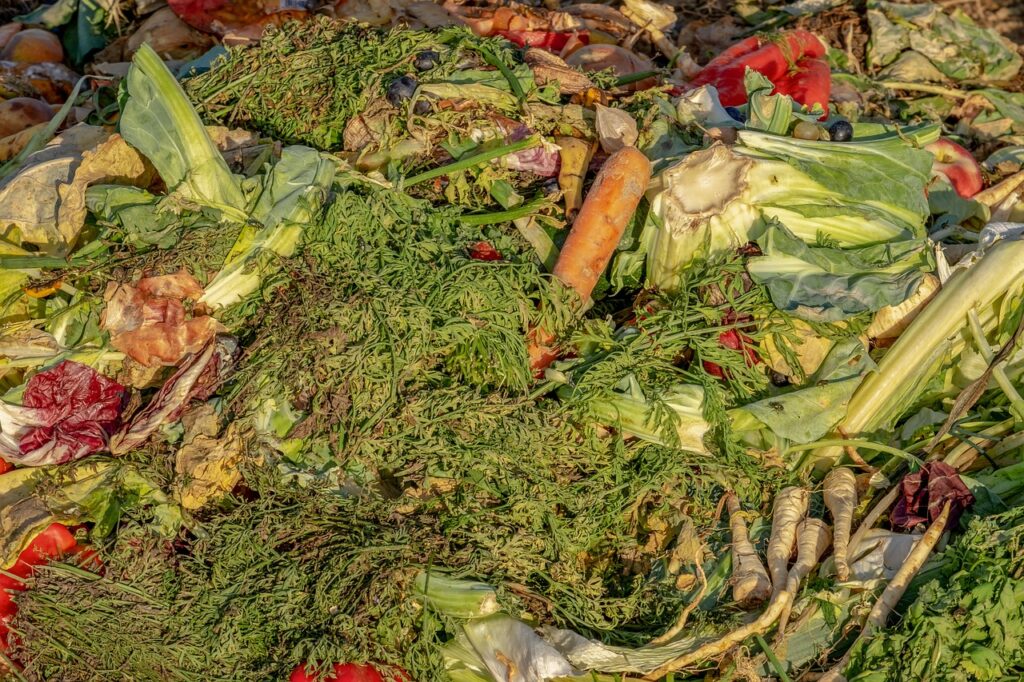Composting is an eco-friendly way to recycle organic waste and create nutrient-rich soil for your garden. By composting at home, you can reduce your waste, improve soil health, and promote sustainable gardening practices. Here’s a comprehensive guide on how to make compost at home.

Benefits of Composting
- Reduces Waste: Composting diverts kitchen scraps and yard waste from landfills, reducing the amount of garbage you produce.
- Improves Soil Health: Compost enriches soil with nutrients, improves soil structure, and enhances moisture retention.
- Supports Plant Growth: The nutrients in compost promote healthy plant growth and increase resistance to diseases.
What You Need to Start Composting
- Compost Bin or Pile: Choose a compost bin or designate a spot in your yard for a compost pile. Bins can be purchased or homemade.
- Organic Waste: Gather kitchen scraps (vegetable peels, fruit scraps, coffee grounds) and yard waste (leaves, grass clippings, small branches).
- Water: Moisture is essential for the composting process, but the pile should be damp, not soggy.
- Air: Aeration helps break down the materials faster and prevents odors.
Step-by-Step Guide to Composting
- Choose a Composting Method:
- Bin Composting: Use a compost bin with good ventilation.
- Pile Composting: Simply create a pile in a designated area of your yard.
- Layering:
- Green Materials: Add nitrogen-rich green materials like vegetable scraps, fruit peels, coffee grounds, and grass clippings.
- Brown Materials: Add carbon-rich brown materials like dried leaves, straw, cardboard, and small branches.
- Add Water: Keep the compost pile moist but not too wet. The consistency should be like a damp sponge.
- Turn the Pile: Aerate the compost by turning it with a pitchfork or shovel every few weeks. This helps speed up the decomposition process and prevents odors.
- Monitor the Temperature: A well-maintained compost pile will heat up as the materials break down. Ideally, the center should reach temperatures between 130°F and 160°F to kill pathogens and weed seeds.
- Maintain Balance: Aim for a balance of green and brown materials. Too much green material can make the pile smell, while too much brown material can slow down decomposition.
Materials to Compost
Green Materials (High in Nitrogen)
- Vegetable scraps
- Fruit peels
- Coffee grounds
- Grass clippings
- Fresh leaves
Brown Materials (High in Carbon)
- Dried leaves
- Straw
- Cardboard
- Newspaper
- Small branches
Materials to Avoid
- Meat and dairy products (can attract pests)
- Oils and fats
- Pet waste
- Diseased plants
- Weeds that have gone to seed
Troubleshooting Common Compost Problems
- Bad Odor: Usually caused by too much green material or lack of aeration. Add more brown materials and turn the pile.
- Too Dry: If the pile is not decomposing, it might be too dry. Add water and green materials.
- Too Wet: If the pile is soggy, add more brown materials and turn it to increase aeration.
How to Know When Compost is Ready
Compost is ready to use when it is dark, crumbly, and has an earthy smell. The original materials should no longer be recognizable. Depending on the method and conditions, compost can take anywhere from a few months to a year to mature.
Using Your Compost
- In the Garden: Mix compost into garden beds to enrich the soil.
- As Mulch: Spread compost around plants to help retain moisture and suppress weeds.
- For Potting Soil: Mix compost with potting soil for container gardening.
Conclusion
Making compost at home is a rewarding and environmentally friendly way to recycle organic waste and improve your garden soil. By following these steps and tips, you can create high-quality compost that will support healthy plant growth and promote sustainable gardening practices. Start composting today and enjoy the benefits of a greener, more productive garden.